15 Reasons Dogs Belong In A Pack
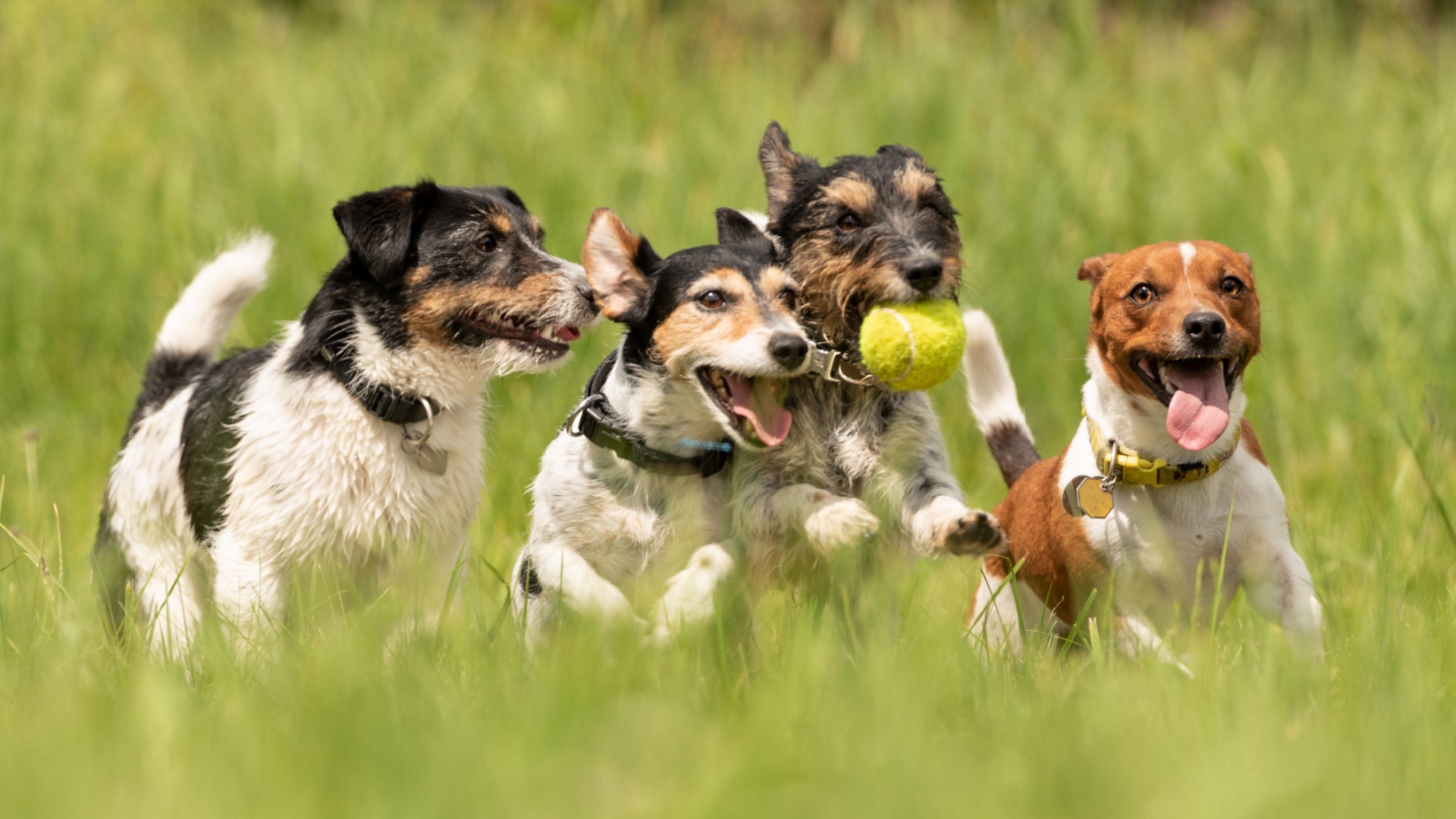
Imagine a world where every meal is a feast, every walk is an adventure, and there’s always a buddy to play, nap, or howl at the moon with – that’s life in a pack for a dog! While we humans might enjoy a little alone time, our canine companions are wired for teamwork.
From the tiniest Chihuahua to the mightiest Husky, dogs thrive when they’re surrounded by their fellow four-legged friends. Whether it’s for play, protection, or just the sheer joy of companionship, dogs are at their happiest when they’re part of a pack.
Here’s why your pup loves the pack life more than you might think!
1. Social Bonds
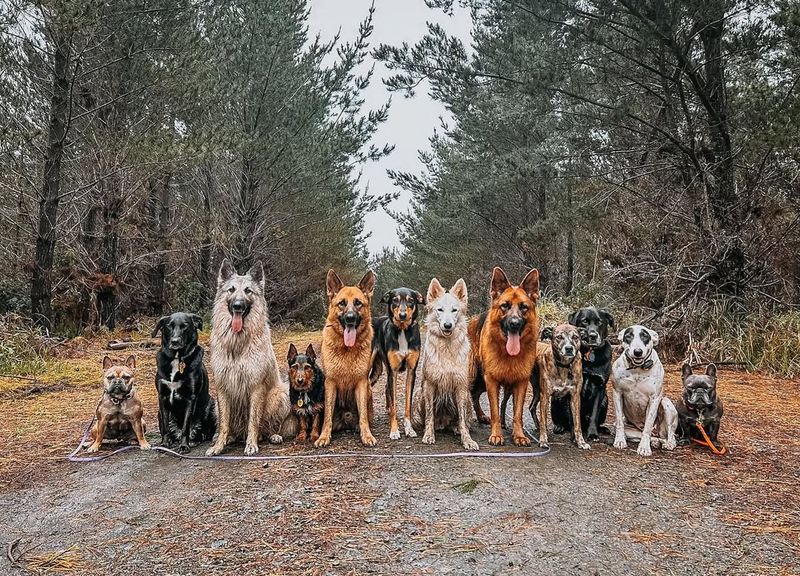
Dogs are inherently social animals. Just like humans enjoy the company of friends, dogs thrive in a group setting. A pack provides opportunities to form strong social bonds, essential for a dog’s emotional well-being. These bonds lead to mutual grooming, playing, and even sleeping together, making every day an adventure.
In a pack, dogs learn to communicate better, understanding canine cues and body language. This interaction enhances their social skills, making them more adaptable to new environments. Furthermore, it helps reduce anxiety and stress, particularly in dogs prone to separation anxiety.
Being part of a pack also boosts a dog’s confidence. With their furry friends by their side, dogs feel more secure, whether they’re exploring new territories or confronting a pesky squirrel. It’s not just about safety; it’s about shared joy and companionship, which every dog deserves.
2. Safety in Numbers
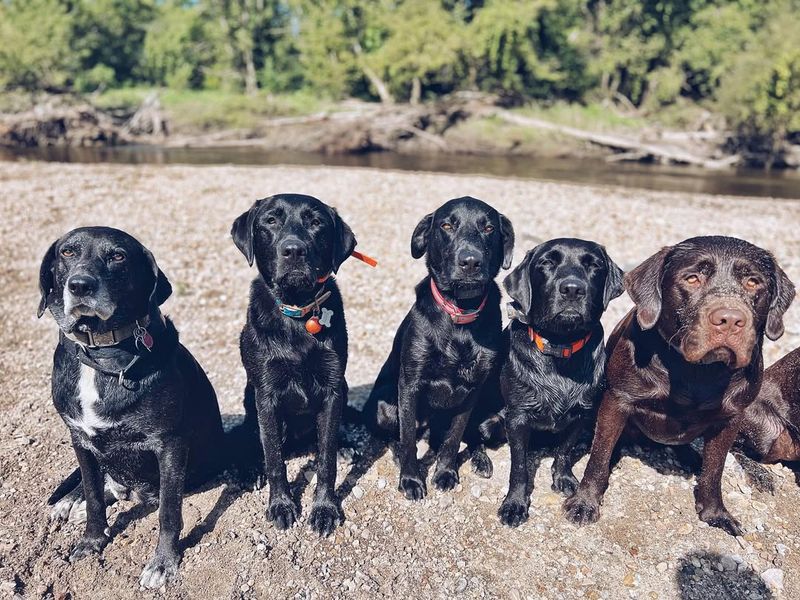
There’s an ancient wisdom to the saying ‘strength in numbers,’ and dogs take this to heart. In the wild, being part of a pack increases a dog’s chances of survival. They can protect each other from potential threats, such as predators or other dangers.
Even in domestic settings, the presence of a pack provides a sense of security. Dogs in a group are more vigilant, and they can alert each other to anything unusual. This collective awareness allows them to respond quickly to situations, enhancing their overall safety.
Moreover, a pack dynamic encourages dogs to work together, whether it’s hunting for food, guarding the territory, or even just finding the best spot to nap in the sun. This teamwork builds trust and ensures that every dog feels valued and protected by their companions.
3. Leadership and Hierarchy
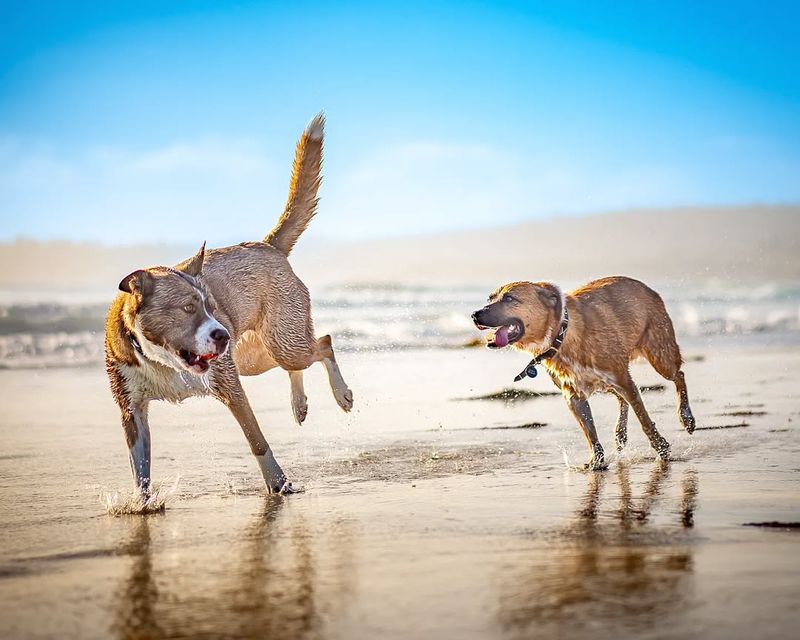
Every pack has a leader, and dogs naturally understand and respect this hierarchy. Leadership helps maintain order within the group, ensuring that resources are shared fairly and conflicts are minimized. This sense of structure provides dogs with a sense of purpose and belonging.
In a pack, dogs learn to follow the lead dog, which often results in fewer disputes and a more harmonious coexistence. They recognize and respect each other’s roles, which helps in reducing aggressive behaviors and promotes peace within the group.
This hierarchy also teaches dogs to understand their place and responsibilities, contributing to their overall development. It fosters discipline and cooperation, skills that are beneficial both within the pack and in their interactions with humans. A strong leader ensures that every dog in the pack knows their duty and enjoys the benefits of a well-organized group.
4. Shared Responsibilities
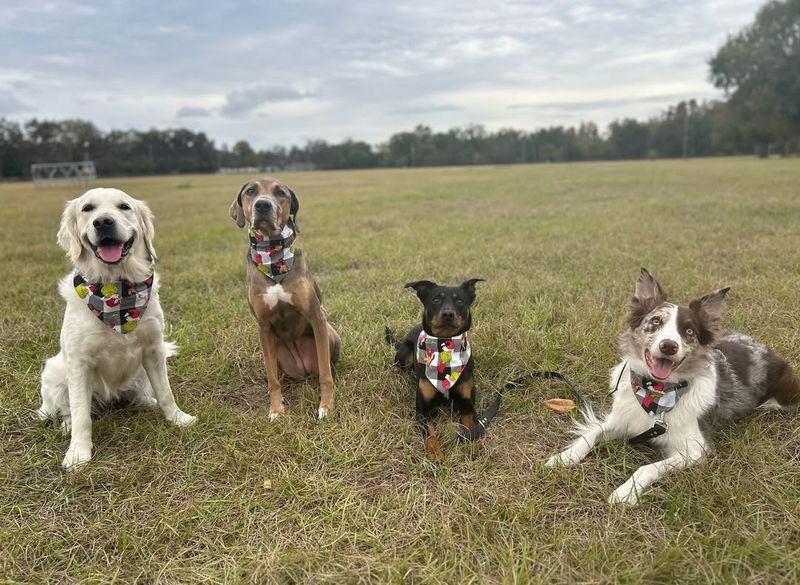
In a pack, every dog has a role to play. Whether it’s guarding, hunting, or playing, shared responsibilities strengthen the group’s bond. This distribution of tasks also means that no single dog is overburdened, promoting a balanced lifestyle.
Working together, dogs can accomplish more than they ever could alone. This cooperation enhances their problem-solving abilities and promotes creativity. It’s like a canine version of teamwork, where every paw plays a part.
Moreover, this shared responsibility helps in developing a sense of duty and pride among the dogs. They take their roles seriously, understanding that their actions contribute to the well-being of the entire group. This cooperative spirit doesn’t just benefit the pack but can extend into their human family, making them more helpful and better companions.
5. Emotional Support
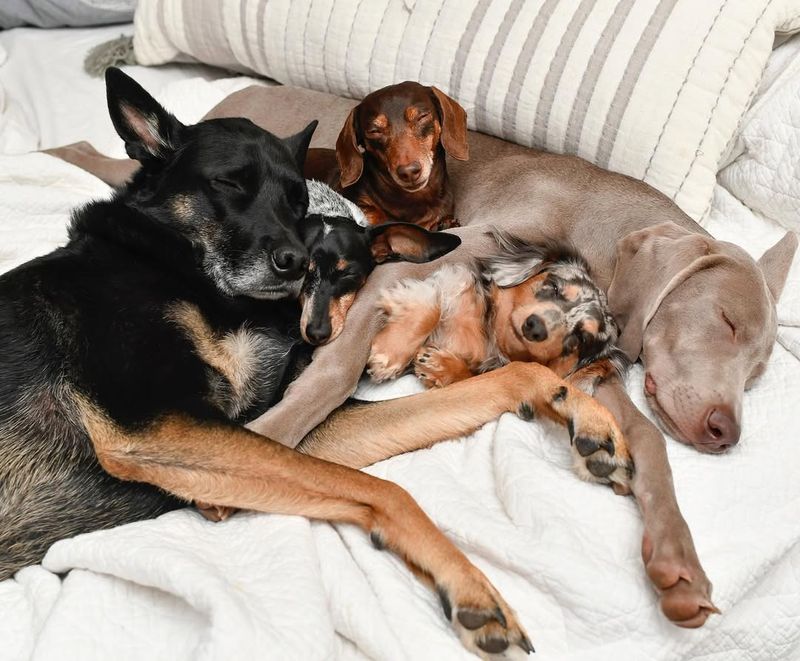
Dogs are not just playful beings; they’re emotionally intelligent too. In a pack, they provide each other with emotional support, much like a close-knit family. This emotional safety net helps dogs cope with stress and anxiety, making them happier and healthier.
When a dog feels down, its pack mates are quick to notice and provide comfort. This empathetic behavior fosters a supportive environment where dogs feel understood and loved. Having companions who ‘get’ them boosts their morale and improves their mental well-being.
Furthermore, this emotional support extends beyond just feeling better. It influences their overall behavior, making them more patient and tolerant. A well-supported dog is a well-adjusted dog, ready to face the world with a wagging tail and a joyful heart.
6. Increased Play Opportunities
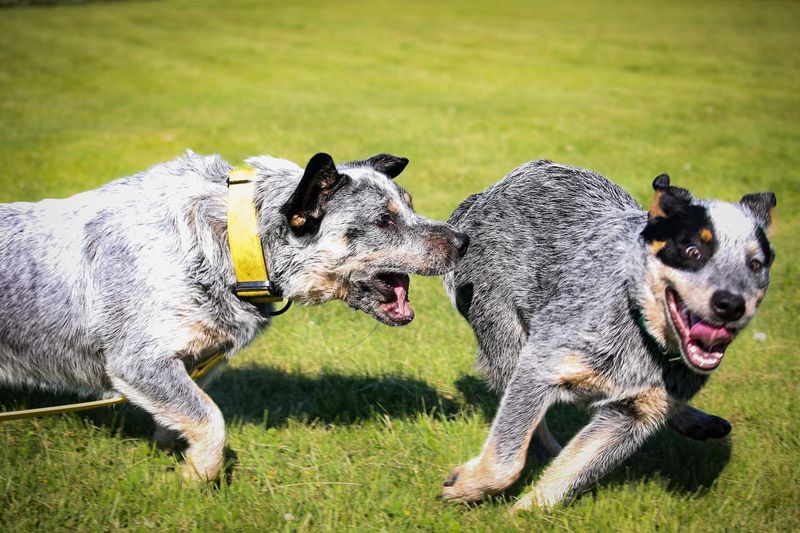
Playtime is an essential part of a dog’s life, and being in a pack amplifies these opportunities. With multiple playmates around, the fun never ends! Dogs engage in various games that stimulate both their body and mind, promoting healthy development.
Chasing, wrestling, and tug-of-war are just a few of the games dogs enjoy together. These activities not only help in burning off energy but also teach them important social skills like sharing and patience. It’s like having a constant party, where every dog is invited.
Moreover, increased playtime leads to better physical health. Regular exercise keeps dogs fit, reduces obesity, and strengthens their muscles. It also enhances their agility and coordination, turning every playful encounter into a valuable workout session. Dogs thrive in a world filled with fun, and a pack ensures there’s never a dull moment.
7. Learning and Adaptation
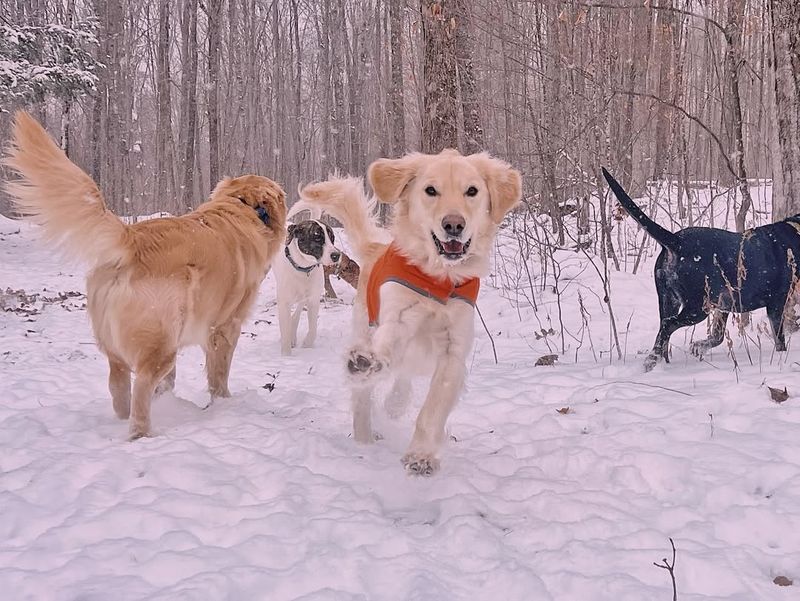
Dogs are curious creatures, always eager to learn. In a pack, they have ample opportunities to observe and imitate each other, which accelerates their learning process. Whether it’s figuring out a new trick or learning how to interact with unfamiliar objects, dogs learn better together.
This group learning environment promotes adaptability, helping dogs adjust to changes quickly. When one dog learns something new, others are quick to follow, creating a ripple effect of knowledge. It’s like having a built-in support system where every dog is both a teacher and a student.
Furthermore, this learning experience extends to understanding human cues and commands. Dogs in a pack often pick up on human behaviors faster, making them more responsive and obedient. This ongoing learning makes them confident, adaptable, and a joy to be around, both for their canine and human companions.
8. Increased Stimulation
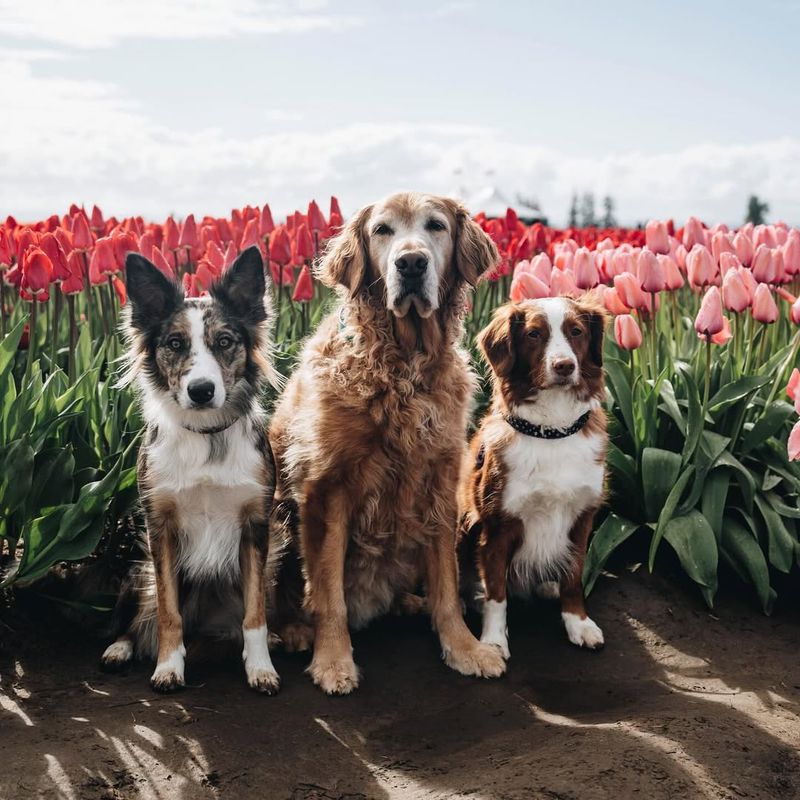
Dogs are intelligent beings that require mental stimulation to stay happy. In a pack, there’s always something happening, providing dogs with constant mental challenges. Whether it’s playing games, exploring new environments, or figuring out puzzles, a pack keeps boredom at bay.
This stimulation is crucial for a dog’s cognitive development. Engaging in activities that challenge their mind enhances their problem-solving skills and keeps their brain sharp. It’s like having a never-ending treasure hunt that satisfies their curiosity and need for adventure.
Additionally, increased stimulation prevents destructive behaviors that often stem from boredom. A mentally engaged dog is less likely to chew your favorite shoes or dig up the garden. Instead, they’ll be content and well-behaved, ready to channel their energy into positive activities. A pack ensures that dogs remain lively, engaged, and forever ready for new challenges.
9. Enhanced Communication
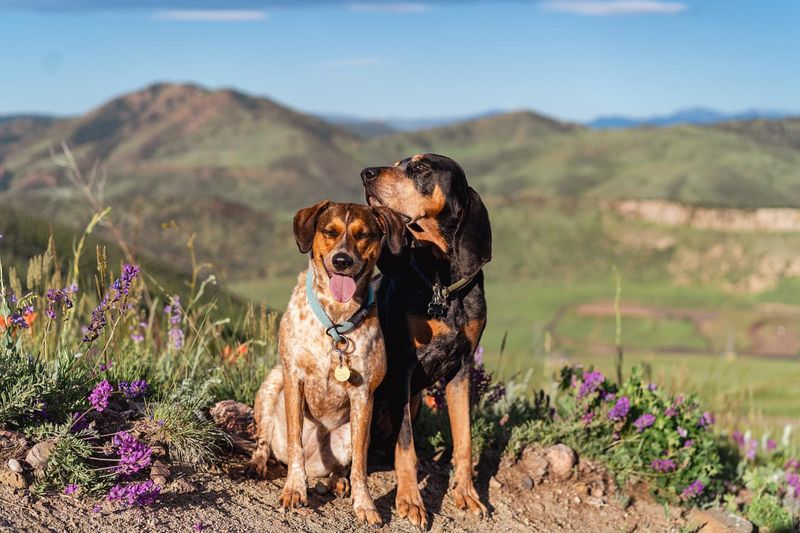
Communication is key, even in the dog world. In a pack, dogs hone their communication skills through constant interaction. Understanding body language, vocal signals, and facial expressions becomes second nature, improving their social interactions.
This enhanced communication reduces misunderstandings and conflicts within the group. Dogs learn to express their needs and emotions more effectively, leading to a more harmonious coexistence. It’s like having a secret language that only pack members understand, making every interaction smoother.
Moreover, these communication skills extend to their interactions with humans. Dogs that communicate well with other dogs are often better at understanding human commands and gestures. This mutual understanding strengthens the bond between dogs and their human companions, creating a more loving and cooperative relationship.
10. Shared Resources
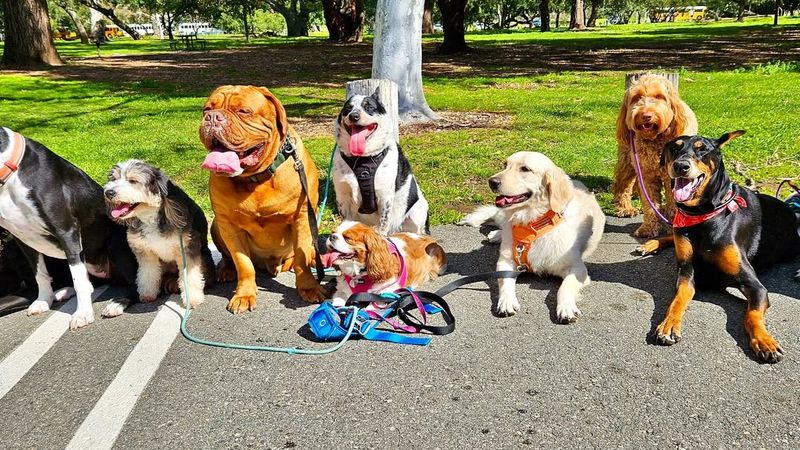
Sharing is caring, and in a pack, dogs learn the art of sharing resources. Whether it’s food, toys, or space, they understand that cooperation ensures everyone gets their fair share. This mutual understanding fosters a sense of community and reduces competition.
In a pack, dogs learn to wait their turn and respect boundaries. This discipline translates into better behavior, even in household settings. Sharing resources teaches them the value of patience and consideration for others.
This communal living also helps in teaching younger dogs the importance of sharing and taking turns. Older pack members set examples, guiding the younger ones in understanding the benefits of cooperation. This nurturing environment helps in developing well-mannered dogs that carry these skills throughout their lives.
11. Adventure and Exploration
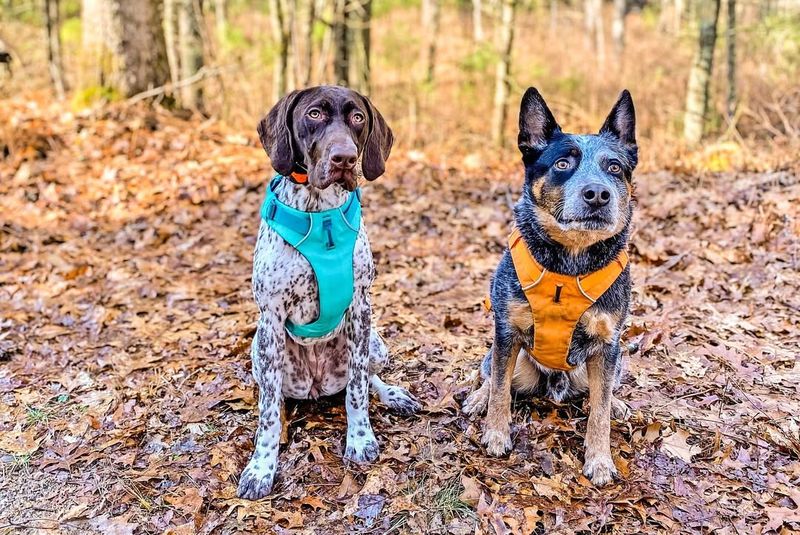
Every day is an adventure for dogs in a pack. Together, they explore new territories, sniff out intriguing scents, and discover hidden treasures. This sense of adventure fulfills their innate curiosity and desire for exploration.
Being part of a pack means there’s always something new to experience. Whether it’s a new trail, an unfamiliar park, or just a different spot in the backyard, dogs relish the opportunity to explore with friends. These shared adventures boost their confidence and ignite their playful spirit.
Moreover, exploration promotes physical activity, keeping them fit and healthy. It also stimulates their senses, providing mental enrichment that prevents boredom. A pack ensures that every day is filled with fun, excitement, and the thrill of discovery, making life a grand adventure for our four-legged friends.
12. Support During Illness
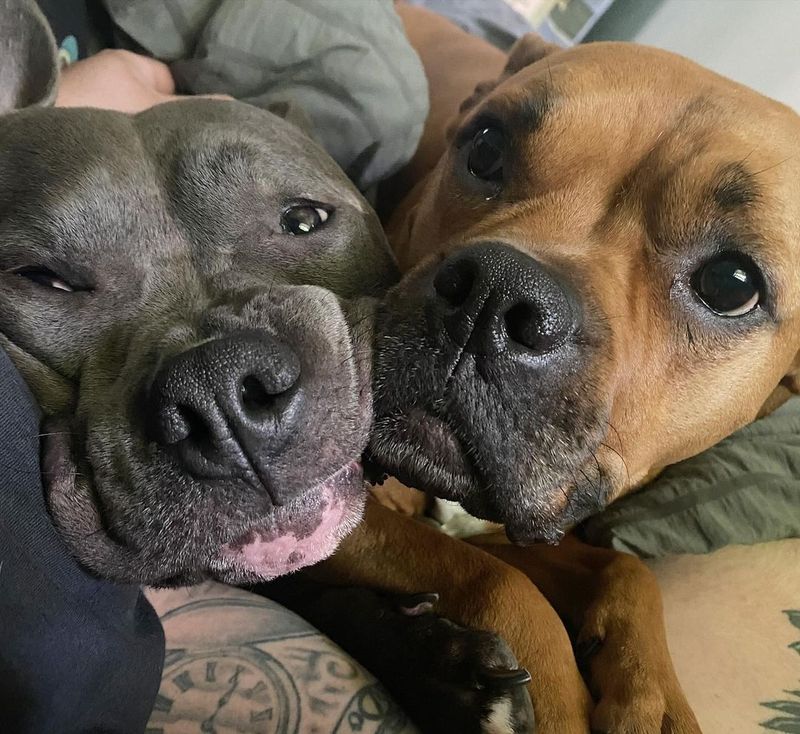
Even dogs need a little TLC when they’re under the weather. In a pack, sick dogs receive care and support from their companions. This nurturing environment helps in faster recovery and provides comfort during challenging times.
Pack mates often stay close, offering warmth and companionship to the unwell dog. This presence can be incredibly soothing, reducing stress and promoting healing. It’s like having a fluffy, wagging support system that understands when you need a little extra love.
This caring behavior fosters a sense of community and empathy within the pack. Dogs learn to be compassionate and considerate, traits that are valuable throughout their lives. Whether it’s offering a gentle nuzzle or just being there, pack members show their support, ensuring no dog is ever alone in their time of need.
13. Natural Instincts
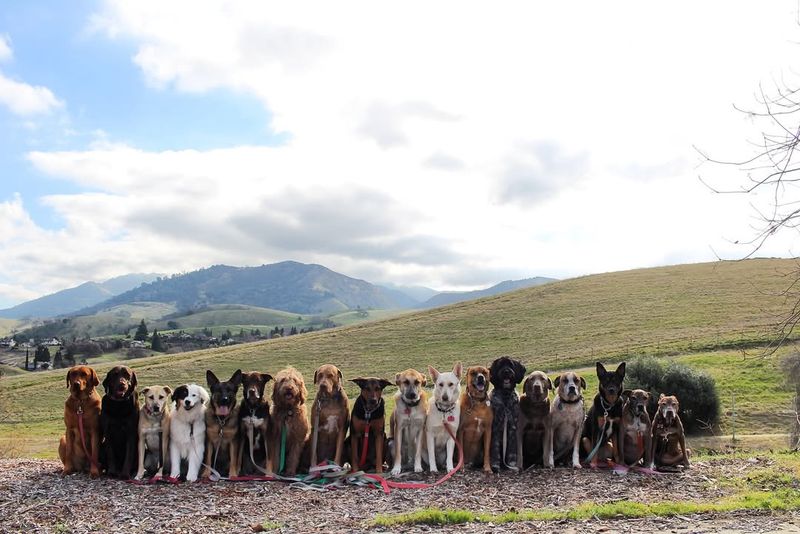
Dogs have a natural instinct to form packs, a trait inherited from their wolf ancestors. This instinct drives their desire for companionship and cooperation, making pack life a natural fit. It’s a part of who they are, deeply ingrained in their DNA.
Being in a pack allows dogs to express these instincts fully. They engage in behaviors that feel natural, such as following a leader, cooperating in tasks, and caring for each other. This expression of instinct promotes a balanced and happy life.
Moreover, understanding these natural instincts helps in training and managing dogs. Recognizing their need for social interaction and leadership allows us to create environments where they thrive. A pack satisfies these innate needs, ensuring dogs lead fulfilling and content lives.
14. Improved Mental Health
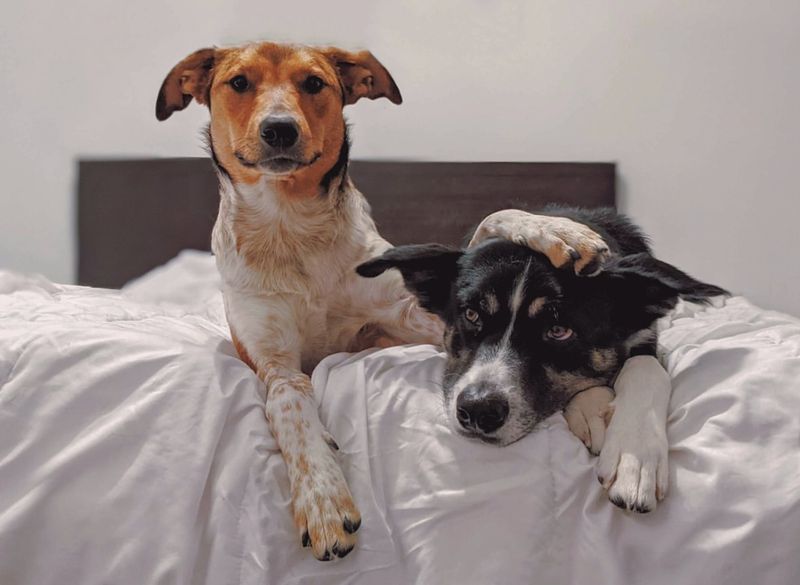
Mental health is as important for dogs as it is for humans. In a pack, dogs experience less loneliness and more joy, contributing to better mental health. The constant companionship and interaction keep their spirits high and minds engaged.
Being part of a pack reduces anxiety and depression, particularly in dogs that struggle with being alone. The presence of friends provides a comforting routine, filled with play, exploration, and relaxation. It’s like having a built-in support network that ensures they never feel isolated.
Additionally, improved mental health positively impacts their overall behavior. Dogs are more sociable, less aggressive, and more adaptable to changes. A happy dog is a healthy dog, and a pack ensures they receive the love, attention, and interaction they need to thrive.
15. Sense of Belonging
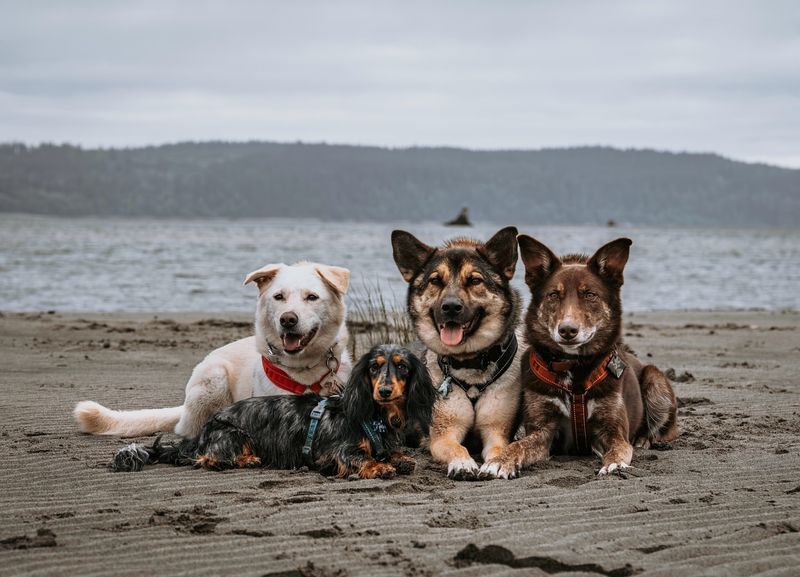
Everyone wants to belong, and dogs are no exception. A pack provides them with a sense of belonging, where they feel accepted and valued. This sense of community enriches their lives, making them feel secure and happy.
In a pack, dogs form close-knit relationships, resembling a family. These bonds create a stable environment where they can express themselves freely. It’s a place where they know they matter, where every wag and bark is welcomed.
This belonging enhances their overall well-being, providing emotional stability and confidence. Dogs that feel they belong are more resilient, adaptable, and joyous. A pack ensures that every dog knows they have a special place, filled with love, companionship, and endless tail-wags. Their happiness is contagious, bringing joy to everyone around them.
